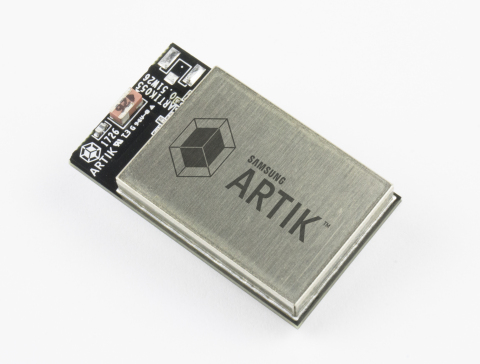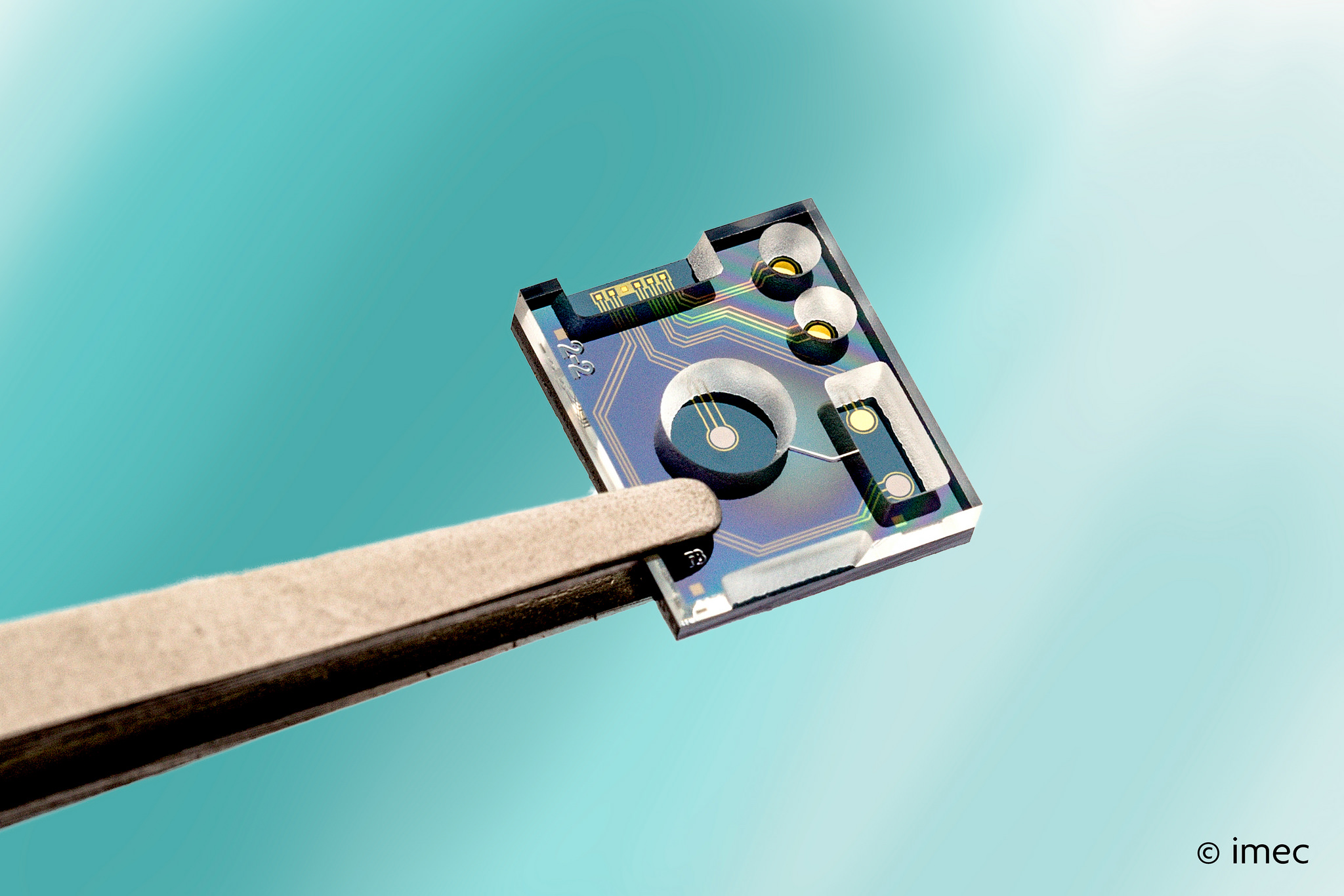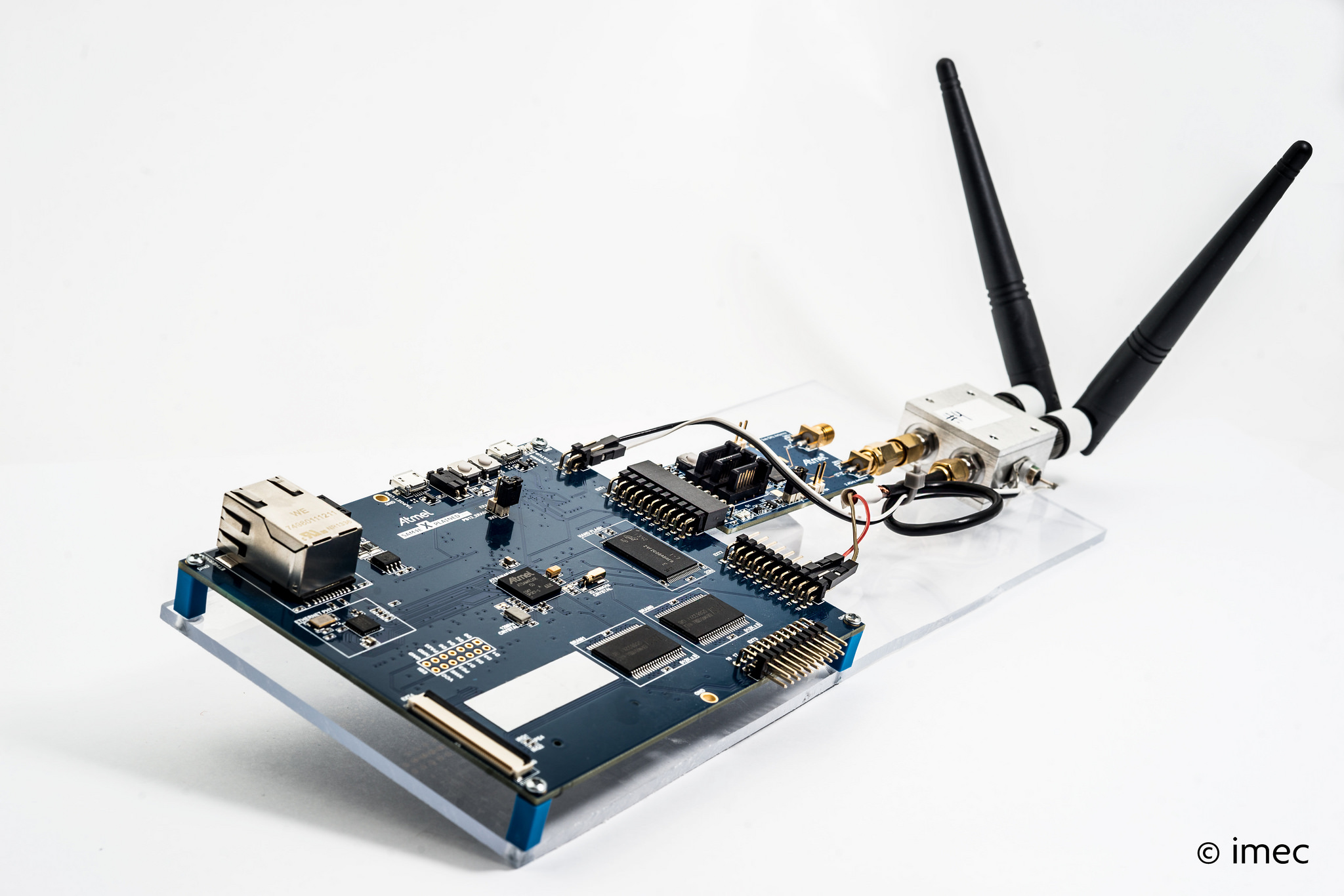By Nick Flaherty at
www.flaherty.co.ukA new receiver technology developed by UCL in London and Cambridge University enables dedicated data rates at more than 10Gbit/s for a truly super-fast, yet low-cost, broadband connection to every home.
"UK broadband speeds are woefully slow compared to many other countries, but this is not a technical limitation. Although 300 Mb/s may be available to some, average UK speeds are currently 36 Mb/s. By 2025, average speeds over 100 times faster will be required to meet increased demands for bandwidth-hungry applications such as ultra-high definition video, online gaming, and the Internet of Things," explained lead researcher Dr Sezer Erkılınç at UCL's Electronic & Electrical Engineering department.
"The future growth in the number of mobile devices, coupled with the promise of 5G to enable new services via smart devices, means we are likely to experience bandwidth restrictions; our new optical receiver technology will help combat this problem," he said.
Funded by the EPSRC UNLOC Programme and Huawei Technologies, scientists from the UCL Optical Networks Group and the University of Cambridge developed a simplified receiver that can cost effectively give each subscriber their own frequency band in a fibre.
"To maximise the capacity of optical fibre links, data is transmitted using different wavelengths, or colours, of light. Ideally, we'd dedicate a wavelength to each subscriber to avoid the bandwidth sharing between the users," said Erkılınç. Although this is already possible using highly sensitive hardware known as coherent receivers, they are costly and only financially viable in core networks that link countries and cities.
"Their cost and complexity has so far prevented their introduction into the access networks and limits the support of multi Gb/s broadband rates available to subscribers," said co-author and Head of the Optical Networks Group, Professor Polina Bayvel at UCL.
Simplification was achieved by adopting wavelength division multiplexing (WDM), a coding technique to fibre access networks that was originally designed to prevent signal fading in wireless communications and uses quadrature phase-shift keying (QPSK) and 16-quadrature amplitude modulation (QAM). This allowed for a low-complexity coherent transceiver that uses a polarisation-time block coding via digital signal processing (DSP) combined with heterodyne detection.
This approach has the additional cost-saving benefit of using the same optical fibre for both upstream and downstream data. The transceiver has a 75% lower optical complexity, quantified by the number of balanced detectors, compared to conventional coherent receivers, which potentially eases the monolithic integration whilst preserving a high receiver sensitivity, robustness to chromatic dispersion, and colourless receiver operation due to its frequency/wavelength selectivity.
"This simple receiver offers users a dedicated wavelength, so user speeds stay constant no matter how many users are online at once. It can co-exist with the current network infrastructure, potentially quadrupling the number of users that can be supported and doubling the network's transmission distance/coverage," said Erkılınç.
The receiver was tested on a dark fibre network installed between Telehouse (east London), UCL (central London) and Powergate (west London). The team successfully sent data over 37.6 km and 108 km to eight users who were able to download/upload at a speed of at least 10 Gb/s.
 . Siemens-backed fuel cell datacentre lab opens in Seattle
. Siemens-backed fuel cell datacentre lab opens in Seattle . Apple buys TI-based modular wireless charging designer
. Apple buys TI-based modular wireless charging designer . Bristol takes crown as UK's leading smart city
. Bristol takes crown as UK's leading smart city . German researchers look at DC residential power grid
. German researchers look at DC residential power grid . Immersion cooling boost for x86 cluster
. Immersion cooling boost for x86 cluster . New microchannel design drives 3D chip cooling to new record
. New microchannel design drives 3D chip cooling to new record . 6W radiation hardened DC-DC converters for space designs
. 6W radiation hardened DC-DC converters for space designs . Single supply bipolar stepper motor driver eliminates external LDO
. Single supply bipolar stepper motor driver eliminates external LDO
 .
.  .
.  .
.  .
.  .
.  .
.  .
.  .
.  .
.  .
.  .
.  .
.  .
.  .
.  .
. 


 .
.  .
.  .
.  .
.  .
.  .
.  .
.  .
.  .
.  .
. 




 .
.  .
.  .
.  .
.  .
.  .
.  .
.  .
.  .
.